Anyone in digital marketing knows that a lot can change in 10 years. The same goes for those in the healthcare industry. Interestingly, the strongest link between marketing and healthcare is exactly that: the speed of change.
Jason Pierret has been navigating the complex world of healthcare marketing for a decade. A marketer at heart and a healthcare expert by passion, Jason is known for bringing a wealth of medical knowledge to every marketing strategy table. His client roster includes large hospitals, clinics, and pharmaceutical companies.
Striking the perfect balance between a patient-first approach, industry expertise and in-depth knowledge of marketing systems, when Jason’s not reading Beckers, you’ll find him on the road at various trade shows and conferences, or meeting clients and thought leaders.
Digital Diary sat down with Jason to learn more about how he developed his digital specialty and his vision for the future of marketing as we prepare for next year’s Digital Marketing and Digital Healthcare Assembly’s. Thanks, Jason!
1) What tools and strategies have you used to connect with patients, appease their needs, and to boost brand awareness successfully?
One of the greatest tools we use at ReachLocal is mapping out the patient journey. Before we launch any campaign, we ensure we fully understand how the patient is seeking out the services the organization offers. We put ourselves in the patient’s shoes and endure that journey ourselves. This process allows us to unveil trends in search, and ultimately determine where we need to put specific pieces of information to connect with people.
This process occurs at a market and hyper-local perspective; every city, town, and community have its own unique demographics, and we need to remain aware of that in our strategies. Approaching our planning from a patient journey perspective guarantees our plans are in-line with people’s behaviors – to drive results.
2) Digital transformation is currently underway and impacting every industry, especially marketing. With marketing executives and leaders looking to execute their vision of digital transformation this year, what is the best way to address business’ unique requirements for transformation?
Before businesses go about changing their approach to digital, there’s a mental shift that needs to happen first. We need to stop looking at patients in a singular fashion — and approach the way we market to them from a consumer perspective; let’s call it the “healthcare consumer.” People are looking at hospitals and healthcare professionals from a very consumeristic eye; they’re reading reviews, seeing what’s the most convenient for them, and what service really matches their objective.
Once healthcare pros reroute their thinking, the next focus should be making the patient experience – from the very first touchpoint – more appealing. Digital strategies should be aligned with the ways in which people want to find information. Ask yourself (and your marketing team): how can we put the patient at the forefront and ensure what they need is at their fingertips? Right now, information is buried across the internet. It can be challenging to do something as simple as book an appointment. Urgent care facilities are experiencing digital success because they are giving patients the experience they want using retail-based communications strategies.
3) The world of data-driven solutions creates the need for smarter business. How do you prepare your clients to tackle the constantly evolving marketing landscape?
ReachLocal is in a unique position because we are equal parts strategic agency and digital marketing technology. Our platform allows us to glean insights from our data – and for someone to really excel in a data-driven world, it’s important to know exactly how to leverage results to optimize.
We also have a reporting suite that allows clients to see results in real-time. For the healthcare industry, this is particularly useful for generating intel on patient demographics. Ultimately, though, without having a specialist who can put data into context and understanding, then you’re left with a bunch of numbers! Partnering with someone who understands your business and who has access to the right technology is really what’s most important.
4) Finding success in a tumultuous marketing world is becoming more difficult to attain. How do you ease the minds of businesses entering the digital market for the first time, and/or, what advice do you offer them?
First and foremost, the easiest way to break into digital marketing is to essentially start with the “digital versions” of the technologies you may already be using. You could take a portion of your marketing budget away from traditional media and execute the digital form of the same strategy. This is a great approach because healthcare professionals are often dealing with so many stakeholders and boards and getting the final sign-off can be tough. It’s all about the way you position it to those who hold the purse!
In any case, marketers should also allocate a specific budget that’s set aside for testing campaigns. Whether it’s search or social, the patient journey is constantly evolving – and you need to adapt and iterate to see what works.
5) Digital technologies such as Omnichannel are making waves in the industry. What key technology trends are you keeping your eye on this year?
We are paying a lot of attention to mobile right now – I’m trying to figure out the best way for my clients to leverage mobile. It could be through augmented reality or possibly wayfinding apps. On the other hand, it might be through personalized marketing initiatives directly to a mobile device. The possibilities are endless right now!
We have our eyes on personalized marketing specifically – toeing the line between being too specific with a patients’ information and being relevant. Emerging tech like virtual reality and its relationship with organic channels versus paid advertising are also on our radar. Needless to say – we’re far from uninspired right now!
6) Even though it is tough to predict, where do you see the future of marketing heading?
The future of marketing, as it relates to healthcare, is going to be a more patient-focused experience. Somewhere in between the Amazon-world of getting what they want and not interacting with a human, to the service at a luxury hotel. We want them to be called by name – and have every piece of information available through an integrated CRM. Interactions should be intentional and easy to navigate. Seamless interaction is what people want. As healthcare professionals, we have the potential to increase convenience and therefore the level of care to our people, all thanks to the computers in our pockets!
7) What do you see as the benefits of attending an event like ours, that brings together C-Level executives in an intimate setting?
One of our challenges is getting in front of the decision makers and have important conversations in a productive atmosphere. Meeting people in an intimate setting to really learn what they’re interested in and have useful discussions about their needs is rewarding. At the end of those meetings, there’s always a clear picture of necessary next steps.
Connect with Jason on LinkedIn here.
ABOUT DIGITAL MARKETING TRANSFORMATION ASSEMBLY
With 53% of Marketers planning on adopting Artificial Intelligence in the next 2 years,  the digital marketing revolution is just getting started. CMOs and CDOs alike are seeking new ways to maximize their digital reach to attract new business to, as well as deliver enrich, personalized experiences to existing customers.
the digital marketing revolution is just getting started. CMOs and CDOs alike are seeking new ways to maximize their digital reach to attract new business to, as well as deliver enrich, personalized experiences to existing customers.
The Digital Marketing Transformation Assembly will bring together North America’s most prominent digital marketing technology and business leaders from all major consumer-driven industries to discuss the latest technology, innovations, and strategies driving digital marketing in 2019 and beyond.
Are you a CMO interested in attending this event? Enquire here today to find out if you qualify for Millennium Membership >>
Download the Sponsorship Prospectus to see if your eligible to sponsor our event >>
 industries. CIOs from North America’s top institutions are working to leverage new technology such as Artificial Intelligence to deliver products and services that answering changing customer needs.
industries. CIOs from North America’s top institutions are working to leverage new technology such as Artificial Intelligence to deliver products and services that answering changing customer needs.


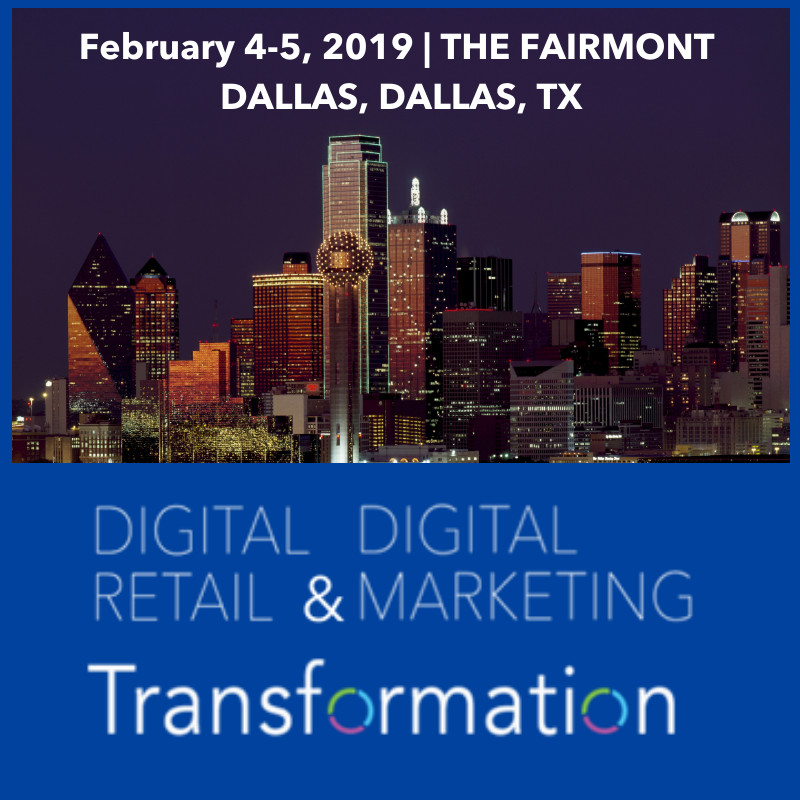

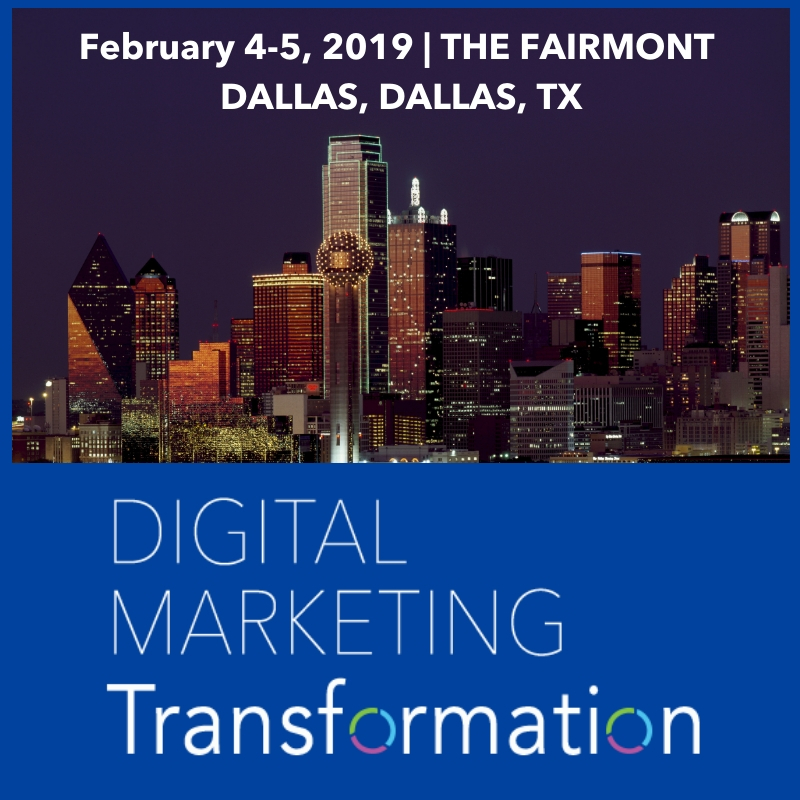

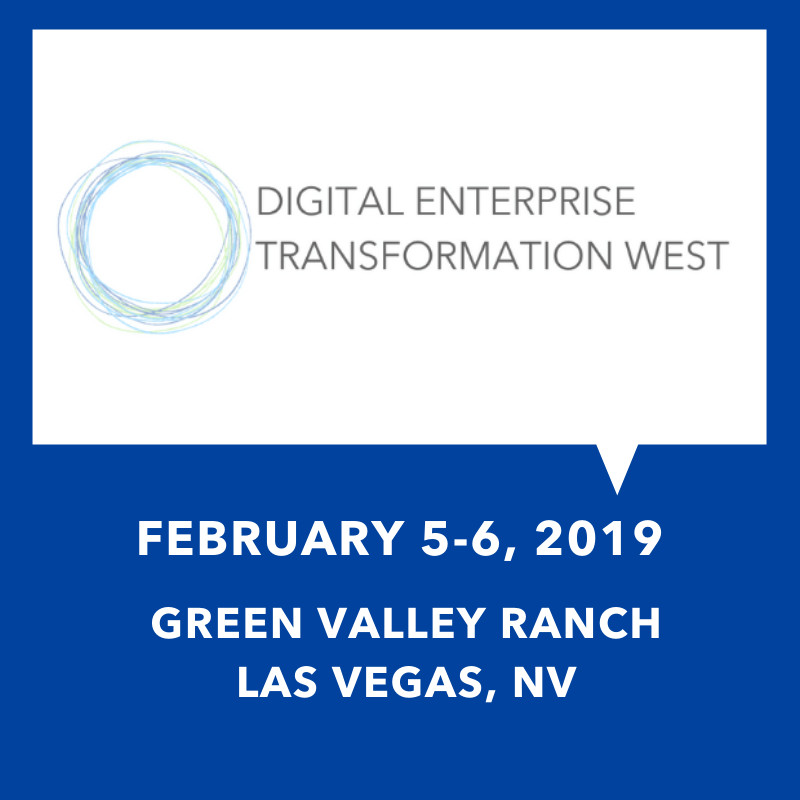 The Millennium Alliance in partnership with our Advisory Board, we are adding more events to the list! Digital Enterprise Transformation West Coast will be heading to Nevada in February.
The Millennium Alliance in partnership with our Advisory Board, we are adding more events to the list! Digital Enterprise Transformation West Coast will be heading to Nevada in February.

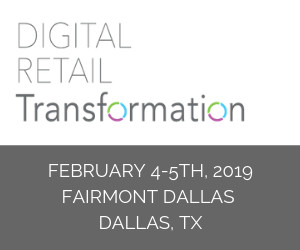

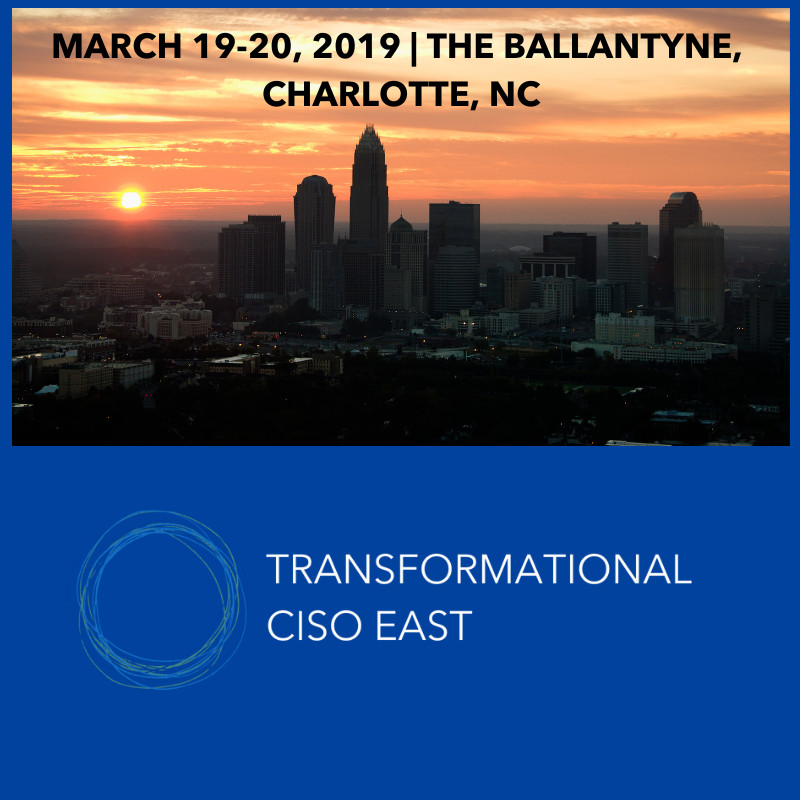 Millennium Alliance in partnership with our Advisory Board, is launching the first Transformation CISO East Coast.
Millennium Alliance in partnership with our Advisory Board, is launching the first Transformation CISO East Coast.
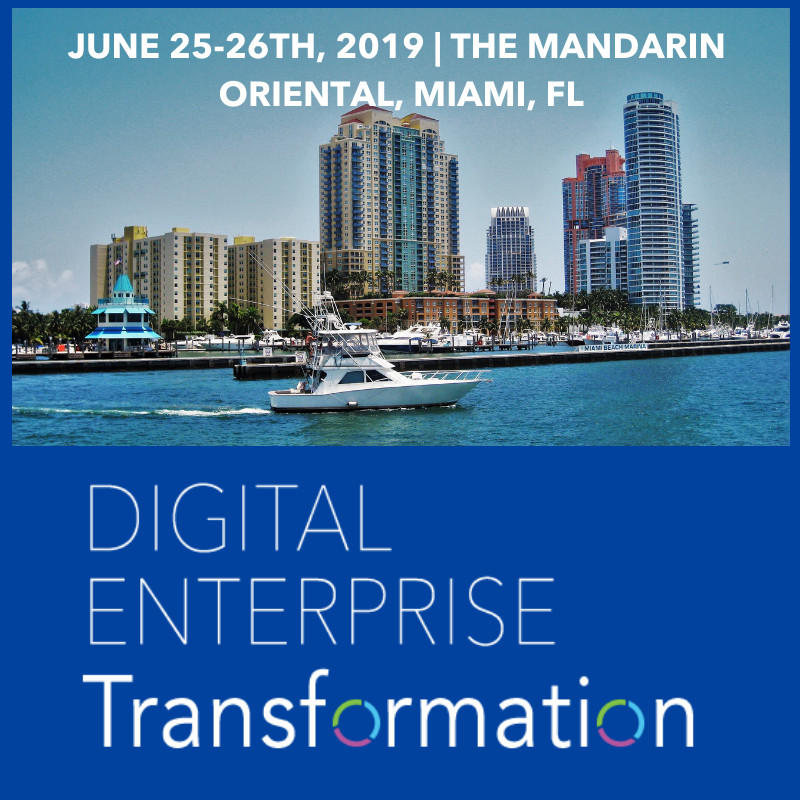 business, CIOs know that data and information technology have never been more important. Understanding the convergence of mobile, social, and cloud is the first critical step for organizations looking to create opportunities and stay ahead of the competition.
business, CIOs know that data and information technology have never been more important. Understanding the convergence of mobile, social, and cloud is the first critical step for organizations looking to create opportunities and stay ahead of the competition.
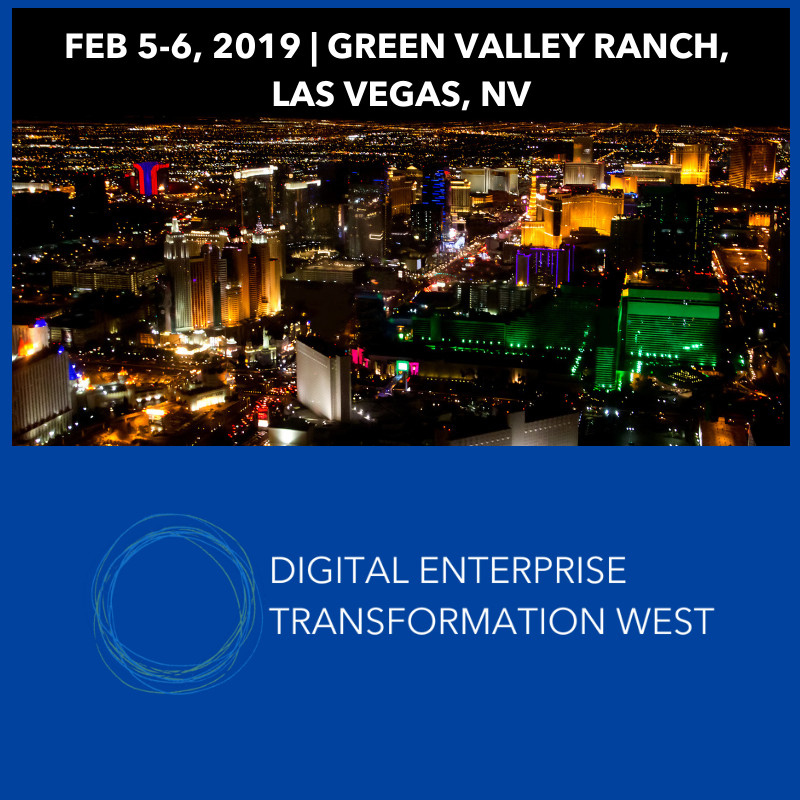 The Millennium Alliance in partnership with our Advisory Board, we are adding more events to the list! Digital Enterprise Transformation West Coast will be heading to Nevada in February.
The Millennium Alliance in partnership with our Advisory Board, we are adding more events to the list! Digital Enterprise Transformation West Coast will be heading to Nevada in February.
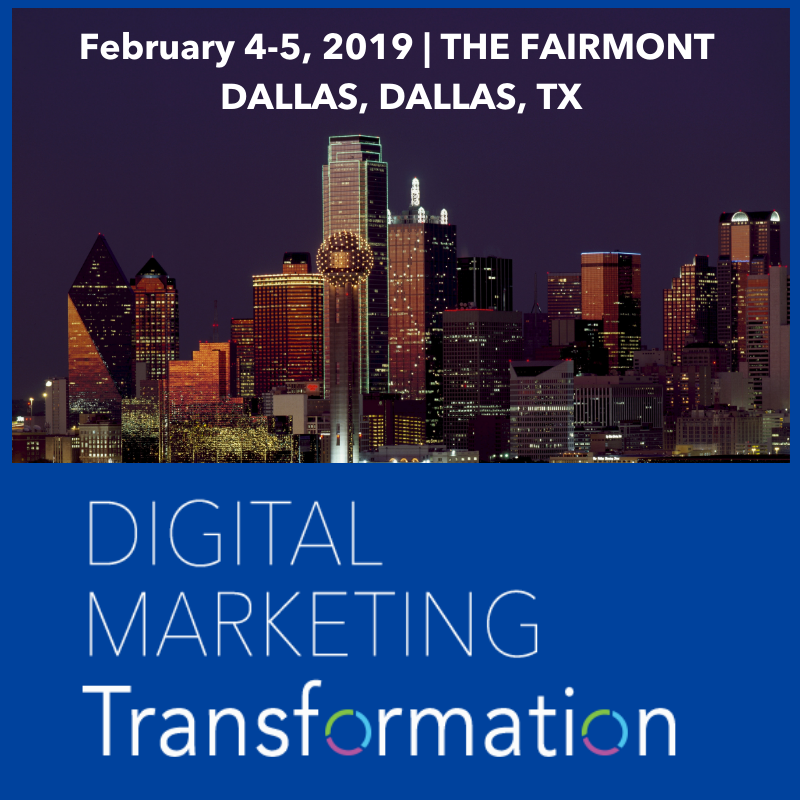 the digital marketing revolution is just getting started. CMOs and CDOs alike are seeking new ways to maximize their digital reach to attract new business to, as well as deliver enrich, personalized experiences to existing customers.
the digital marketing revolution is just getting started. CMOs and CDOs alike are seeking new ways to maximize their digital reach to attract new business to, as well as deliver enrich, personalized experiences to existing customers.